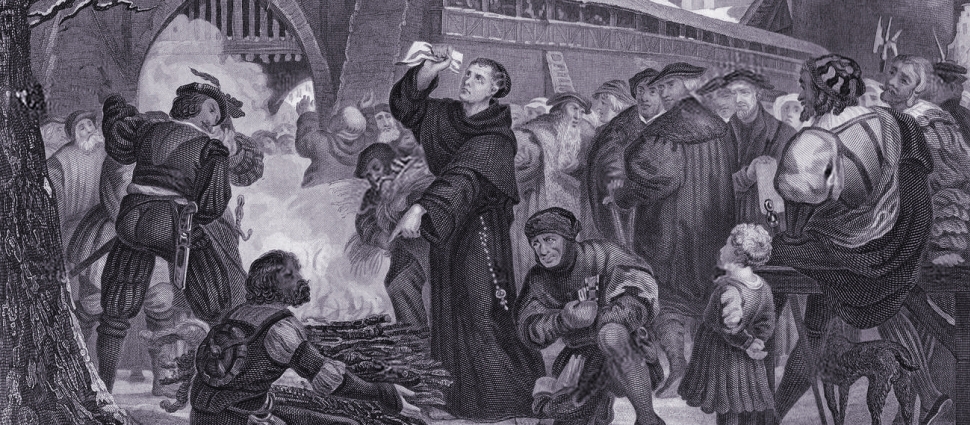Was Adam an Historical Person?

September 22, 2009
Tremper Longman, whose work I truly appreciate, has recently stated that the Genesis account does not insist on believing that Adam was an historical person.
My conviction is that Scripture clearly teaches the historicity of Adam.
James Anderson has posted an excellent response to Dr. Longman by offering 12 "prima facie reasons why an evangelical view commits one to the existence of Adam as a real historical individual."
My conviction is that Scripture clearly teaches the historicity of Adam.
James Anderson has posted an excellent response to Dr. Longman by offering 12 "prima facie reasons why an evangelical view commits one to the existence of Adam as a real historical individual."
1. On the face of it, the basic literary genre of Genesis 1-4 is that of historical narrative (as opposed to, e.g., poetry, legal code, or apocalypse). This isn’t to say that these chapters can contain no figurative language; many conservative OT scholars would readily grant that they do. But it does imply that these chapters (like the rest of Genesis) are intended by the author to report important events within historical space-time. As such, there should be a strong presumption that the Adam of chapters 1-4 is no less a real historic figure than, say, the Abraham of chapters 12-25.Read the rest of Anderson's reasons HERE.
2. The first five verses of Genesis 5 not only describe events in Adam’s life, they attaches specific numerical dates to those events. This is passing strange if the author didn’t consider Adam to be a real historical figure. (This point applies equally to the human author and to the divine author!) For example, we’re told that Adam lived 930 years. Why would one make what seems to be precise factual statement about the lifespan of a certain individual if the individual in question never actually lived? (Cf. Gen. 25:17; 50:26; Num. 33:39; Deut. 34:7; Josh. 24:29; etc.)
3. The author of Genesis presents the book as a seamless historical account. There is no obvious shift from non-historical narrative to historical narrative. Rather, we’re presented with a series of narrative sections, each introduced with some variant of the formula, “These are the generations of . . .” (Gen. 2:4; 5:1; 6:9; 10:1; 11:10; 11:27; 25:12; 25:19; 36:1, 9; 37:2). The implication is that Adam and Eve were no less historical figures than Noah, Shem, Abraham, Ishmael, Isaac, Esau, and Jacob.




